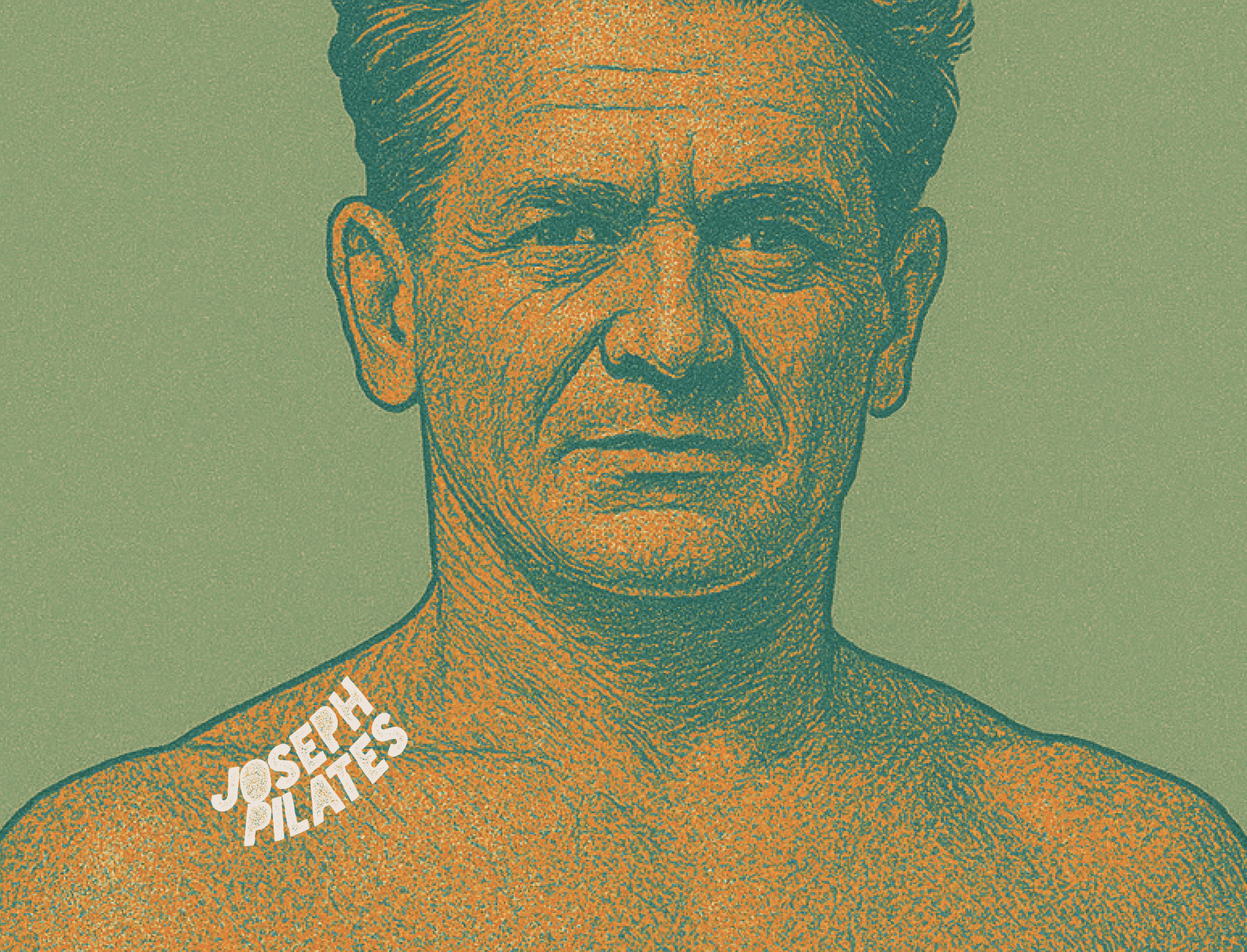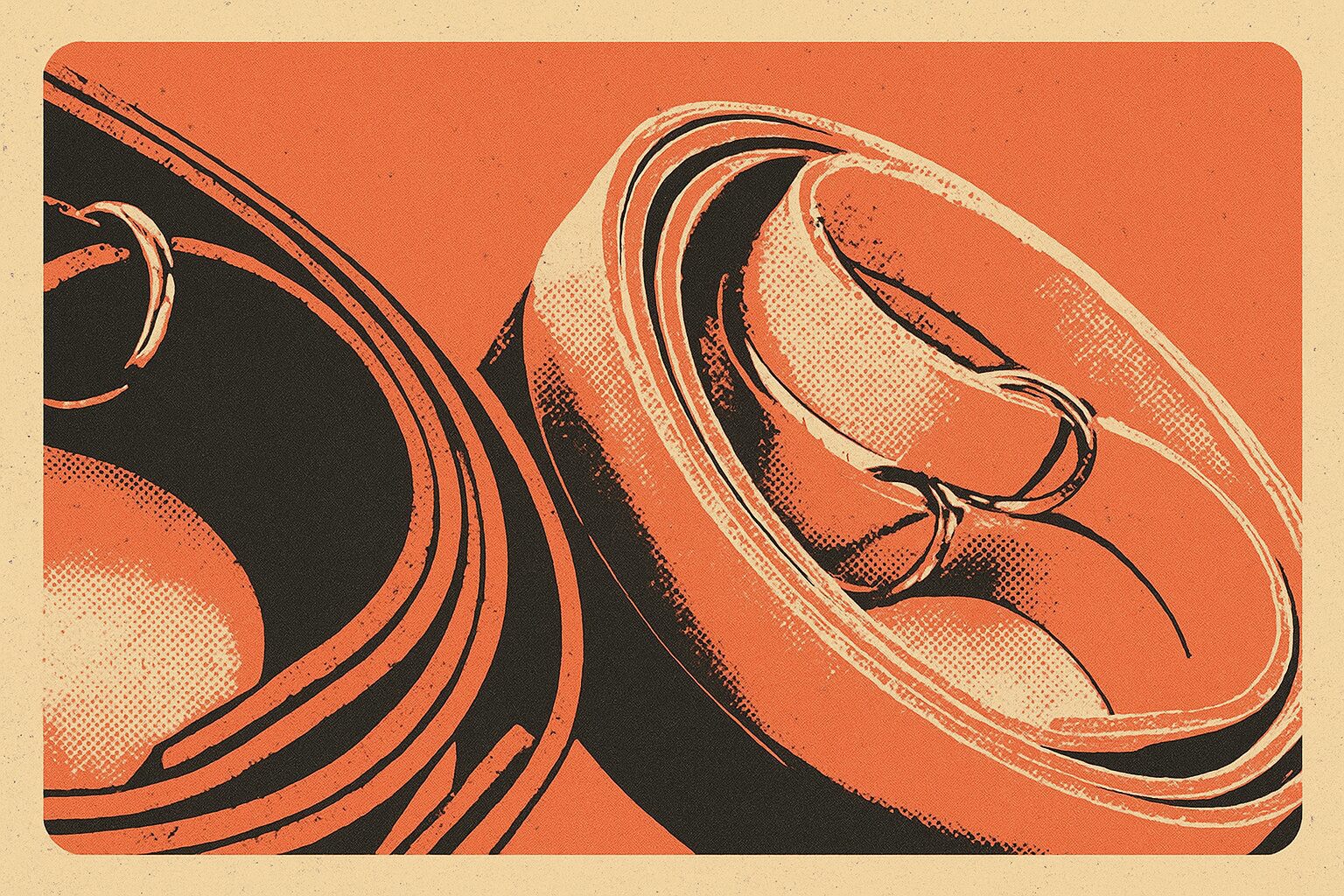Before Pilates, There Was Physical Culture
Long before the world had heard of “Pilates,” a wave of physical and philosophical reform was already reshaping how people thought about movement, health, and the body.
During the 19th century, across Europe, a new discipline known as physical culture began to take hold. It was more than exercise; it was a moral and social movement that linked physical strength to national character, mental discipline, and even spirituality.
The same social forces that produced the gymnasium, the parallel bars, and the cult of bodily perfection also produced the young man who would one day reinvent movement itself: Joseph Hubertus Pilates. His method, which he called Contrology, did not emerge from nowhere. It was a product of its time, deeply rooted in the physical culture revolution that had swept Europe for nearly a century before his birth.
To understand Pilates, you first have to understand the world that shaped him.
The Rise of European Physical Culture
A New Obsession With the Human Body
By the early 1800s, Europe was in flux. Industrialization was changing daily life, people were moving to cities, working long hours in factories, and growing physically weaker. In response, a wave of thinkers and educators began to argue that the health of a nation depended on the health of its citizens.
This led to the birth of physical culture, a broad and idealistic movement combining education, nationalism, and bodily training. Its leaders believed that a strong, disciplined body led to a strong, disciplined mind. Exercise was not just recreation; it was a civic duty.
Germany’s Turnverein Movement
In Germany, this idea took powerful form through the Turnverein, a system of gymnastics societies founded by Friedrich Ludwig Jahn (1778–1852), often called the father of German gymnastics.
Jahn’s “Turnen” movement emphasized physical training as a way to build both individual strength and national unity. After the Napoleonic wars, he believed that cultivating physical and moral discipline through gymnastics would help rebuild the German people.
Turnverein gyms became a social phenomenon, open-air “Turnplatz” fields where men trained on apparatus Jahn invented or adapted: the parallel bars, horizontal bar, vaulting horse, climbing ropes, and balance beams.
His slogan, “Frisch, Frei, Fröhlich, Fromm” (“Fresh, Free, Cheerful, Pious”), captured the movement’s spirit: physical vigor as a moral and civic virtue. The Turnvereins were not just gyms; they were social and political centers that tied strength training to cultural identity.
When Pilates was born in 1883, the Turnverein system had already been a staple of German education for decades. It was the world he grew up in, where gymnastics and self-mastery were considered essential parts of a good life.
Sweden’s System: Ling and the Art of Control
While Germany championed group gymnastics and national discipline, Sweden took a more introspective and scientific path.
Pehr Henrik Ling (1776–1839), the founder of Swedish Gymnastics, built his system around precision, breath, alignment, and postural correction. His exercises emphasized fluidity, symmetry, and an almost therapeutic awareness of movement, values that echo unmistakably in Pilates today.
Ling’s approach divided exercises into four categories: pedagogical (for education), military (for readiness), medical (for therapy), and aesthetic (for beauty). He viewed the body as a harmonious system of muscles, nerves, and joints, an idea far ahead of its time.
His school in Stockholm, the Royal Central Institute of Gymnastics, trained teachers who spread his techniques across Europe. These ideas directly influenced 19th-century medical gymnastics, physiotherapy, and later the postural training movements of the early 20th century, all of which fed into Joseph Pilates’ later philosophy of balanced, corrective exercise.
Shared Values Across the Continent
Despite stylistic differences, both Jahn’s and Ling’s systems shared core principles: discipline, control, and the integration of body and mind.
They also shared a belief that movement should be practiced systematically, with consistent sequencing and an awareness of breathing and posture, a striking precursor to Pilates’ 1945 book Return to Life through Contrology.
By the mid-19th century, physical culture had evolved from a small reform movement into a global phenomenon. Gymnastics clubs had spread throughout Europe, Britain, and the United States, forming the cultural foundation for everything from school PE programs to the modern fitness industry, and ultimately, the Pilates Method itself.
The Spread of Gymnastics and Early Movement Systems (1850–1900)
By the mid-19th century, the Turnverein and Ling systems were no longer confined to their home countries. They had spread across Europe, America, and even as far as South America and Asia. The global fascination with physical education was underway, and the gymnasium had become a symbol of civic pride and moral development.
Gymnasia and the Ideal Body
In major European cities, gymnasia began to appear in schools, universities, and military academies. These spaces were often more than just training halls. They were architectural statements about discipline, national strength, and the pursuit of an ideal human form.
Within these walls, young men learned that control over the body reflected control over the mind. The ideal physique was symmetrical, balanced, and strong. These ideas profoundly shaped public health, education, and even early concepts of rehabilitation.
Physical Culture as a Social Movement
The 19th-century physical culture movement also became deeply tied to social reform. In industrial cities, reformers believed that physical training could restore vitality to overworked urban populations. Figures like Bernarr Macfadden in America and Eugen Sandow in Britain popularized the concept of the “physical culturist,” a person who sought not only beauty and strength but moral character through exercise.
This philosophy connected directly to the world Joseph Pilates would later inherit. His own writings in Return to Life through Contrology echo these same ideas of moral and physical renewal through disciplined, daily practice.
Women and the New Movement Culture
Although many early gymnastic clubs were male-dominated, by the late 1800s women were increasingly included in physical education. Swedish gymnastics, with its emphasis on posture and grace, became a model for women’s exercise classes.
Teachers such as Bess Mensendieck and Genevieve Stebbins adapted Ling’s methods into systems that encouraged freedom of movement, awareness, and self-expression. These early women’s movement educators would later influence the aesthetic and mindful aspects of Pilates’ Contrology method.
Joseph Pilates and the Legacy of the Turnhalle
When Joseph Hubertus Pilates was born in 1883 in Mönchengladbach, Germany, the ideals of physical culture were already woven into daily life. Gymnastic societies, known as Turnvereins, existed in nearly every German town. They were places where young people learned discipline, precision, and the philosophy that a well-trained body was the foundation of a strong nation.
Joseph’s father, Heinrich Pilates, was a gymnast and a Turnverein member. His mother was a naturopath, steeped in the emerging natural health movement that promoted breathwork, outdoor exercise, and holistic living. This combination of physical rigor and holistic wellness became the bedrock of Joseph’s worldview.
As a child, Pilates suffered from asthma and rickets, which left him physically frail. Determined to overcome these limitations, he immersed himself in physical training..boxing, gymnastics, fencing, yoga, and later, acrobatics. The Turnverein culture of his youth offered both the environment and the philosophy that made such transformation possible.
European Gymnasia to Modern Mind-Body Practice
The Mind-Body Connection Takes Root
By the late 19th century, a shift began within the physical culture movement. Exercise was no longer just about muscular strength. Thinkers like J. P. Müller and Edmond Desbonnet promoted systems that emphasized breath control, posture, and grace, bridging the gap between physical training and self-mastery.
This evolution marked the birth of what would later be called mind-body exercise—a concept that Pilates would embody and refine.
Pilates’ later claim that his method achieved “the complete coordination of body, mind, and spirit” reflects this intellectual lineage. It was the natural outcome of decades of European experimentation with movement as both art and therapy.
A New Synthesis
In Germany, schools of “medical gymnastics” began to merge physical culture with early rehabilitation science. In Sweden and Denmark, educators explored how movement could improve posture and prevent disease. Across the continent, dance and gymnastics were starting to intertwine.
This environment made it possible for a young, inventive athlete like Joseph Pilates to envision a method that could bridge the artistic and the scientific, the athletic and the therapeutic. When he later combined these influences into his own system, he was not inventing from scratch…he was refining, organizing, and modernizing the best ideas of his time.
The European Blueprint Behind Pilates
The story of Pilates begins long before Joseph himself. It begins in the gymnasia of 19th-century Europe, in the philosophies of Jahn and Ling, in the belief that human potential could be cultivated through precise, disciplined movement.
From those origins came the foundations of Contrology: structure, symmetry, flow, and a deep respect for breath and concentration. Joseph Pilates did not reject his physical culture heritage; he evolved it.
His genius was in transforming rigid national systems into a universal language of movement—one that could heal, strengthen, and connect the body and mind.
The next time you lie on a Reformer or practice the hundred on the mat, you are continuing a legacy that began not in a studio, but in the open-air Turnplatz fields of 19th-century Europe.
People Also Ask
Joseph Pilates was influenced by 19th-century European gymnastic systems, especially Friedrich Jahn’s Turnverein and Pehr Henrik Ling’s Swedish Gymnastics, as well as modern physical culturists like J.P. Müller and Bess Mensendieck.
Pilates drew directly from the apparatus and calisthenic drills of European gymnasia, refining them with breath, flow, and precision to create his own integrated system, Contrology.


